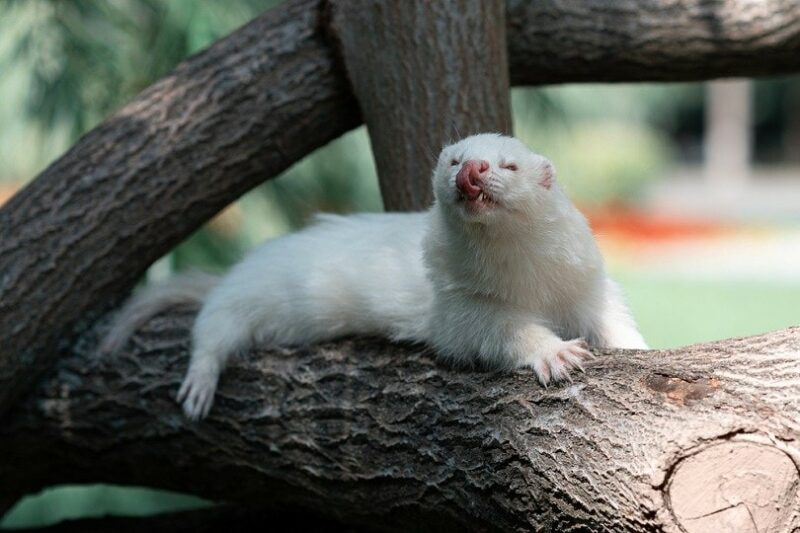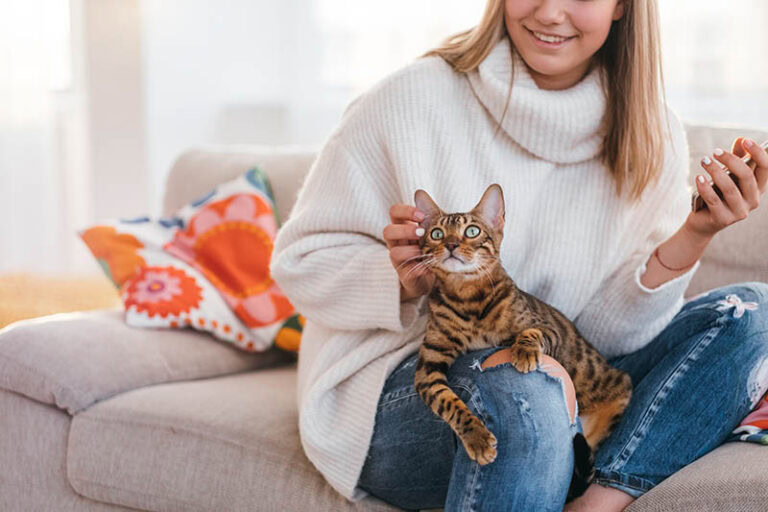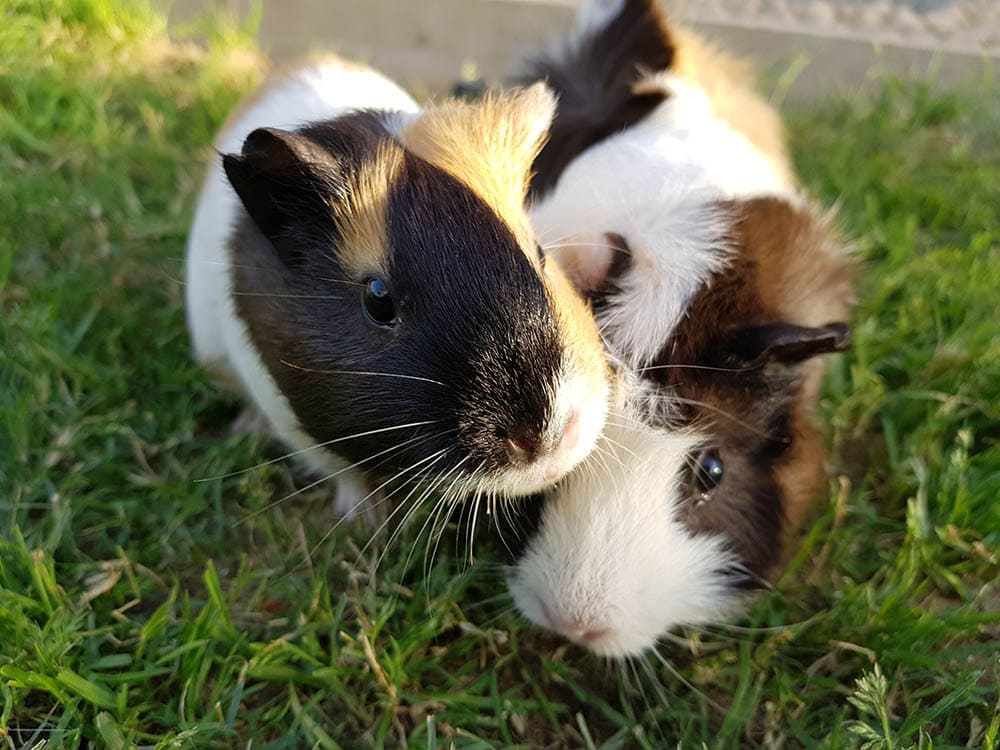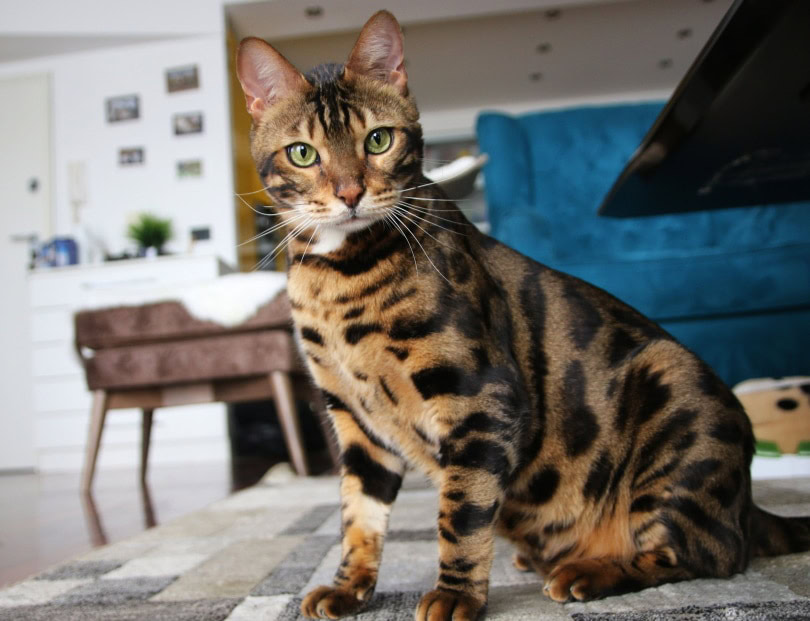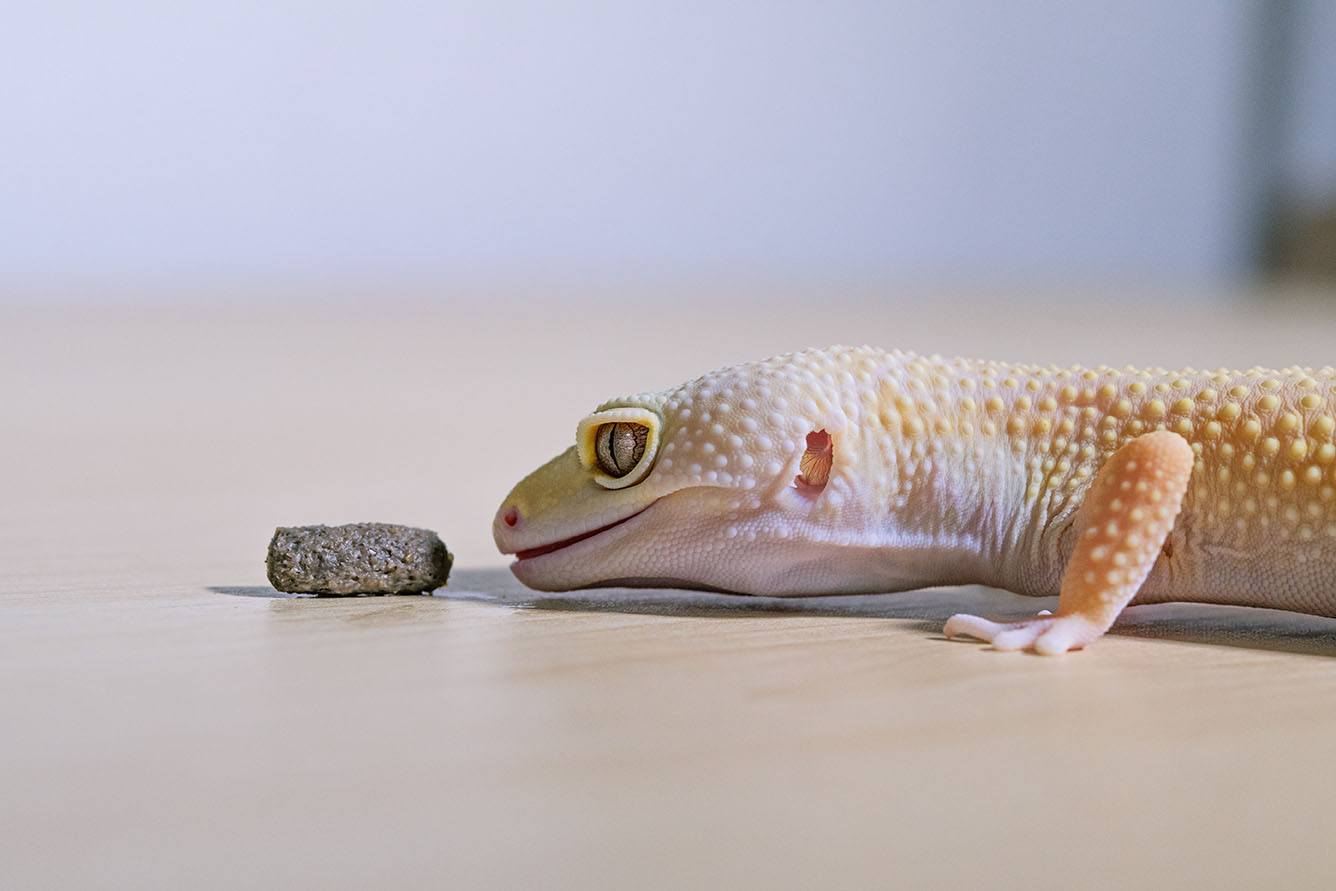VET APPROVED

The information is current and up-to-date in accordance with the latest veterinarian research.
Learn more »Click to Skip Ahead
One of the most unconventional pets to bring into your home is a ferret. This popular and adorable critter has been domesticated for over 2,500 years. Originally, they were used for hunting and pest control in Europe, but now, they are cherished pets and family members to owners around the world.
One of the most fascinating things about ferrets is their reproduction cycle. People who are new to these animals and haven’t had their pets spayed or neutered often ask how long a female ferret is pregnant. The gestation period of the female ferret lasts 41 to 43 days, or around 6 weeks.
Let’s take a deeper look at the ferret reproduction cycle so you can better understand what to expect if you plan on allowing your pets to breed.

The Life of a Ferret
Ferrets are members of the Mustelidae, or weasel, family, which also includes skunks, otters, badgers, and minks. Ferrets are often chosen as family pets due to their playful natures and inquisitive actions. They love being with their humans and will spend lots of time playing and basking in their company. They can come in several color patterns, but the most popular is sable, which is a buff coloring with dark markings on the face, tail, and feet. Some sable ferrets have light markings instead, giving them a slightly different appearance.
Like most pets we welcome into our homes, ferrets need proper socialization and training to thrive. These curious little creatures love to chew and explore, often getting into places they shouldn’t. If not well socialized, they may also nip or bite, which can make interactions with children or unfamiliar people more challenging.
To help your ferret feel safe and learn appropriate behaviors, it’s important to not only spend quality time with them from a young age but also to prepare your home environment. Ferret-proofing your space by removing hazards and securing off-limits areas helps set them up for success and keeps everyone safe and happy.
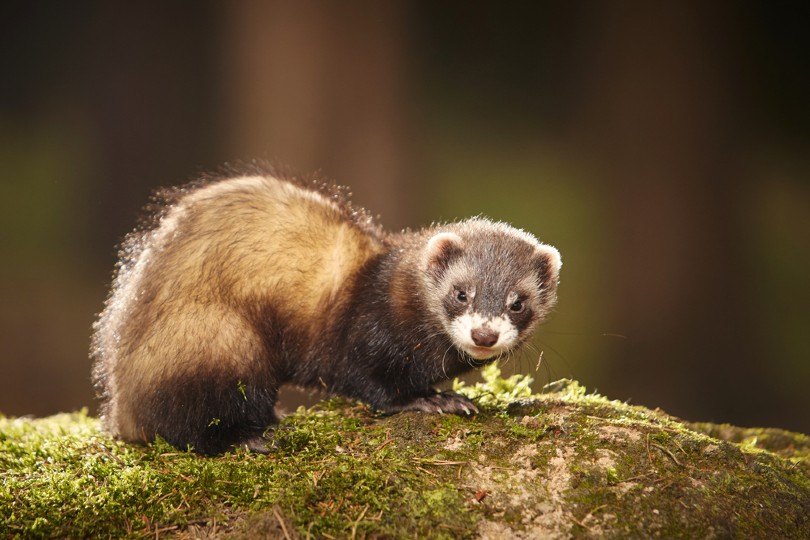

The Reproduction Cycle of Ferrets
Breeding ferrets is a complex process that should only be undertaken by experienced and responsible breeders. It is not recommended to attempt breeding ferrets without extensive knowledge, time, and commitment. Pet ferrets can be neutered from 3 months of age to prevent unwanted mating and reduce hormone-driven behaviors. If your ferret has not been neutered, speak to a veterinarian about the best timing and options.
The content in this article is for informational purposes only. At PangoVet, we do not encourage the breeding of ferrets or other exotic pets. Breeding should be left to professionals who prioritize animal welfare and genetic health.
Female ferrets (jills) that aren’t spayed will come into heat once they reach sexual maturity, usually between 4 and 8 months of age. Unlike many animals, jills remain in heat until they are bred or hormonally stimulated to ovulate. Prolonged heat causes persistently high estrogen levels, which can suppress bone marrow function, leading to estrogen-induced anemia, a potentially life-threatening condition if left untreated.
Intact male ferrets (hobs) have a strong, musky odor during the mating season (twice a year). They also mark their territory by urinating. They will do this even in the absence of a female. Contact your exotic veterinarian if your ferret isn’t neutered.
If your ferret is not neutered or spayed, it’s important to speak with your veterinarian to discuss health implications and the best course of action. Now that we’ve covered some basics about ferret reproductive behavior, let’s take a closer look at their breeding cycle and gestation period to better understand the reproductive process.
Mating
An unaltered male ferret is called a hob. Unaltered female ferrets are known as jills. Hobs and jills reach sexual maturity between 4 and 8 months of age. The breeding cycle of ferrets is photoperiodic, which means it’s triggered by longer daylight hours, making late March through August in the Northern hemisphere the peak breeding time. If she’s not bred or altered, a female ferret will go through constant heat cycles during this time. You’ll also find that a male will show signs of territoriality and aggression.
When placed together for mating, throughout the day, ferrets will go through aggressive, almost violent behavior several times. While the sight can be difficult to witness, it is natural for these animals.
Pregnancy
After breeding, when a female ferret is pregnant, gestation will last around 6 weeks, or 41 to 43 days. As the mother-to-be progresses in her pregnancy, she will need specialized care to ensure that she and the upcoming kits, or baby ferrets, are healthy. Around a week before the expected birth, the mother should be removed from other ferrets so she can give birth peacefully.
The jill will begin nesting behavior once she’s ready. It’s common for her to pull out tufts of her own fur to line the nest and keep the kits warm. During this time, ensure she has constant access to nutritious food and fresh water, as her energy needs will increase. Once labor begins, it’s important to avoid disturbing her, as stress can negatively affect the birthing process. Monitor discreetly if needed, and be ready to contact your vet in case any doubt.

Birthing Kits
A litter of ferrets can range from one to 18 kits. When the mother begins giving birth and starts the nursing process, she must be left alone. If you disturb the jill or try to intervene in any way, this could trigger her to eat her young. This is especially true if it is her first litter.
If you have reason to believe that something is wrong with your jill during birth, seek out veterinarian care immediately. Lethargy, weakness, labored breathing, or dull/glassy eyes can indicate that your ferret is in distress and may need urgent veterinary assistance. The normal birthing process (labor and delivery of all kits) typically lasts between 2 and 3 hours, though it can occasionally take a bit longer, especially in first-time mothers or older jills. However, if more than 45–60 minutes pass between the delivery of each kit, or if the jill appears to be straining without producing a kit, this is an emergency.
The New Kits
Like with puppies and kittens, ferret kits are born with their ears and eyes closed. Nursing will be nearly constant. By the fourth or fifth week, their ears and eyes should open and by the sixth week they will start eating some solid food while still nursing. Finally, by 8 to 10 weeks of age, kits should be fully weaned and eating and drinking independently.
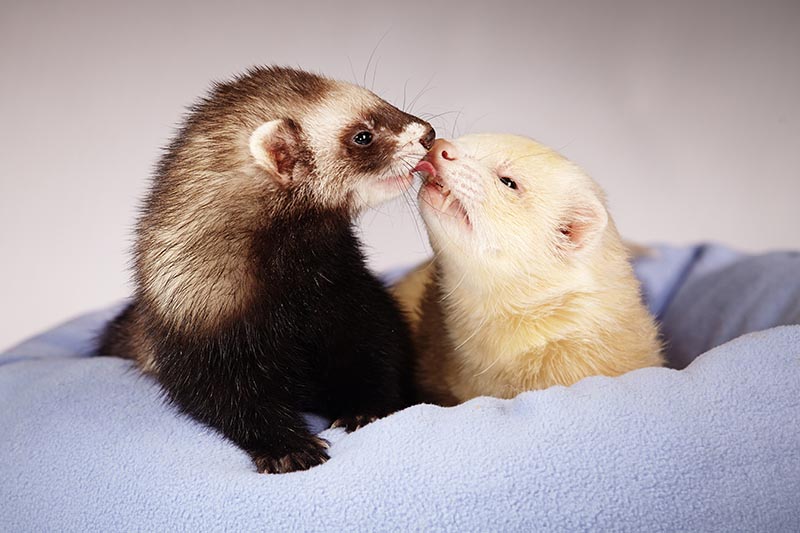
Spaying and Neutering Ferrets
It is strongly recommended that ferrets be spayed and neutered by a veterinarian. Altering your ferret will help control the long heat cycle that jills go through each year and the aggression that hobs tend to show at this time. For the best results health-wise, you should also have your veterinarian provide your ferret with all the vaccinations that they need to live a long, healthy life.

Conclusion
Because ferrets have long heat cycles and short gestation periods, it’s surprisingly easy to end up with an unexpected litter if precautions aren’t taken. To prevent health risks and unplanned breeding, it’s essential to have your ferrets spayed or neutered. Talk to your veterinarian to discuss the best timing and options for your pet’s reproductive health.
Featured Image Credit: Sergei Avdeev, Shutterstock
